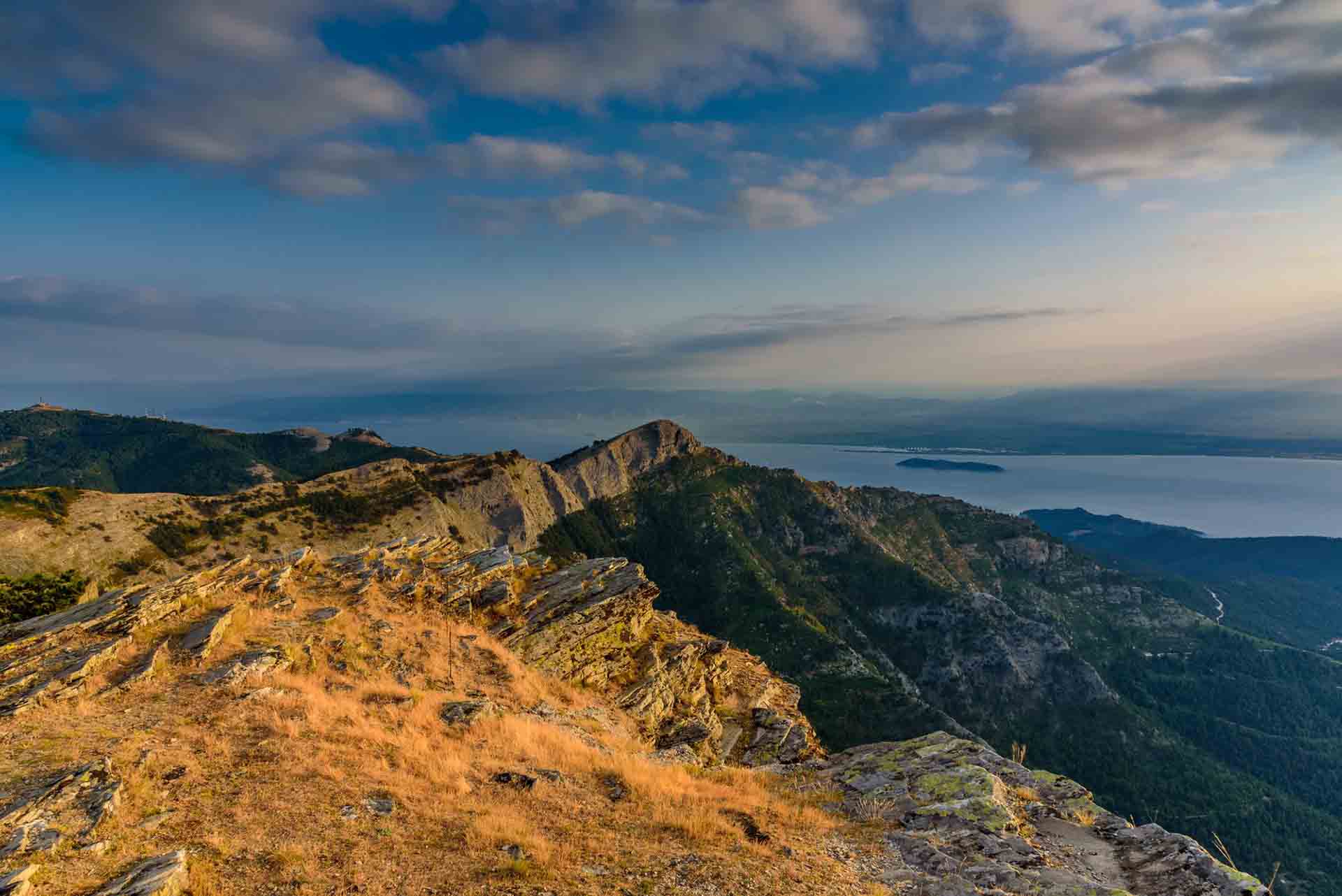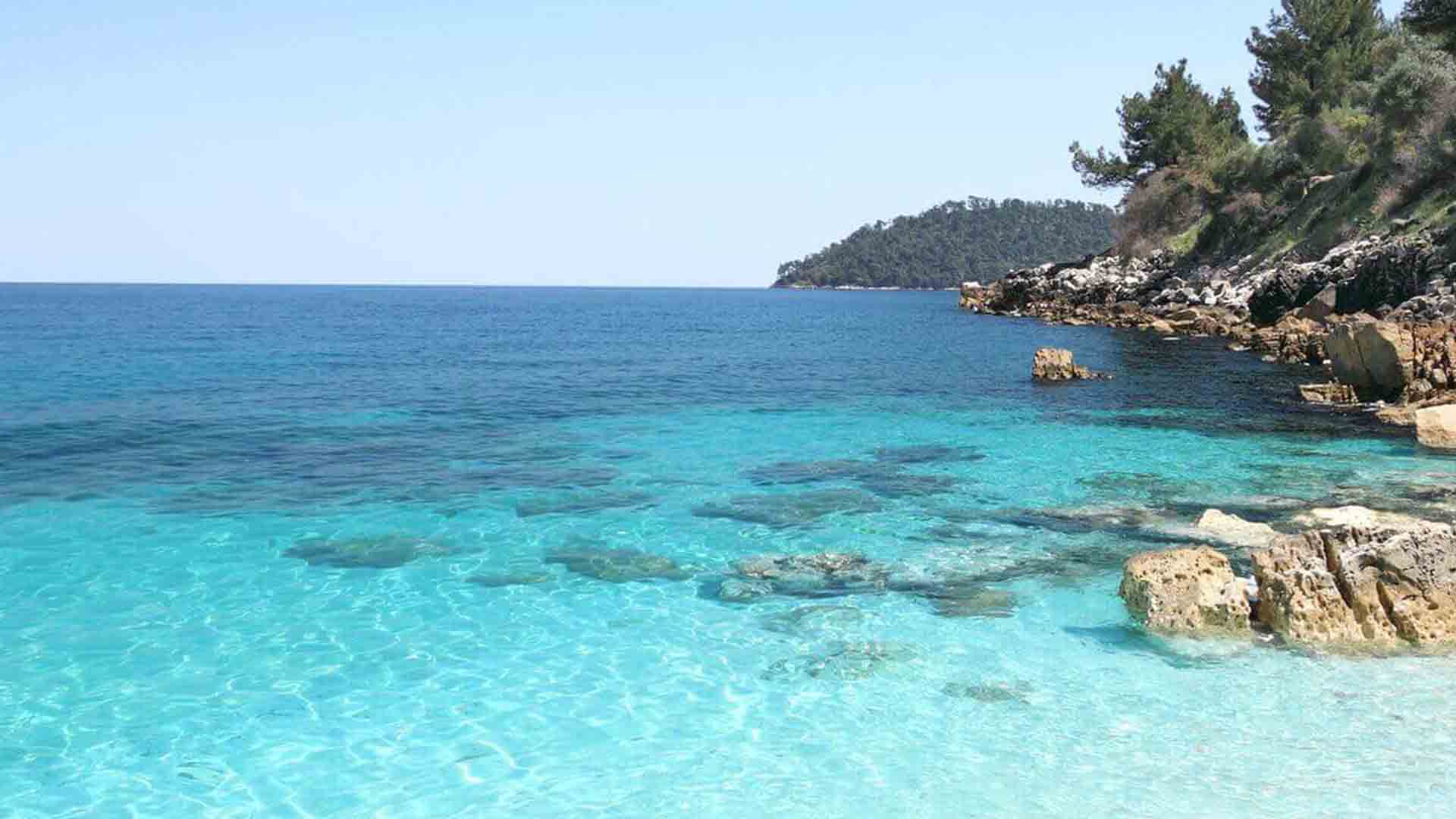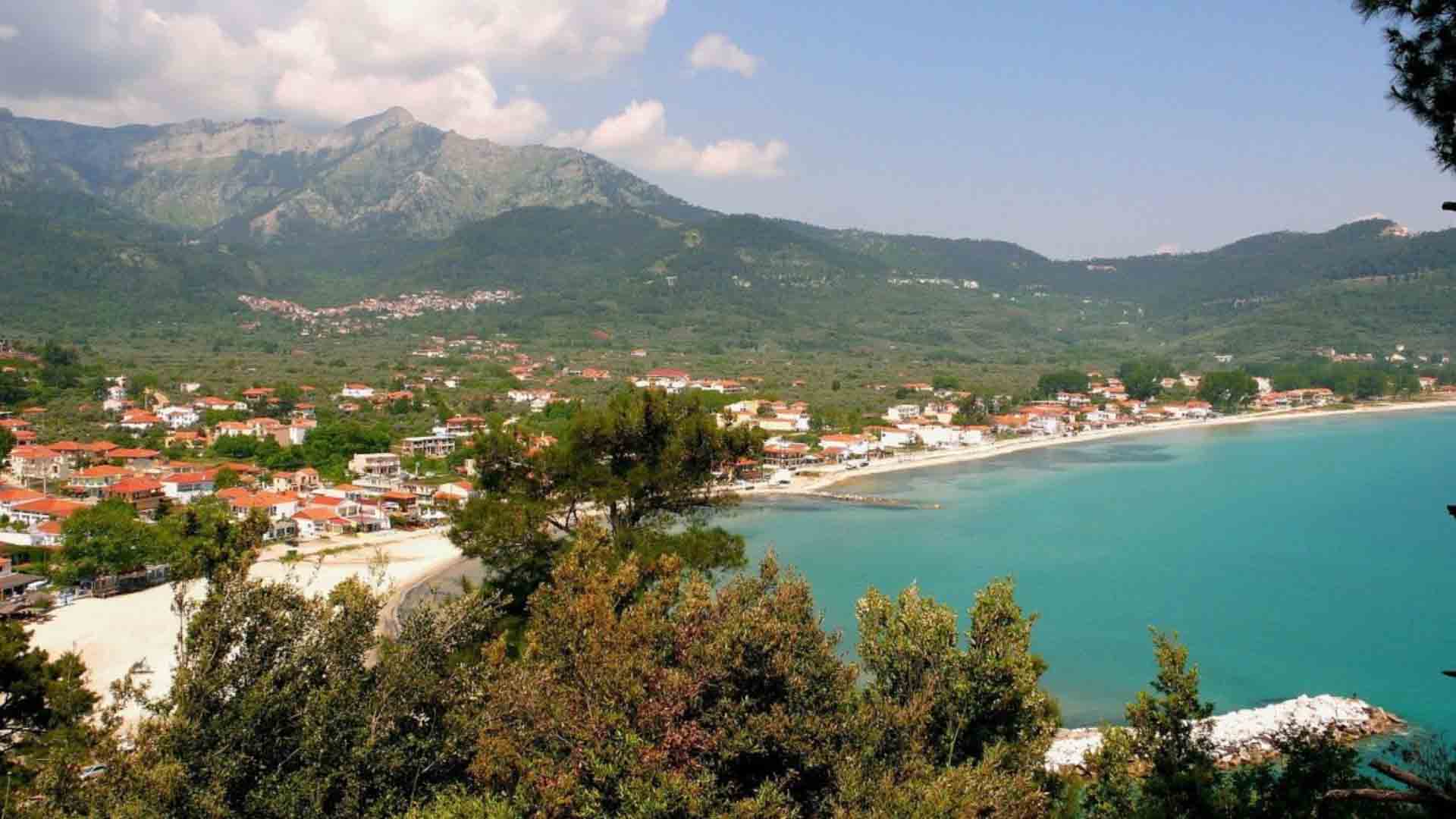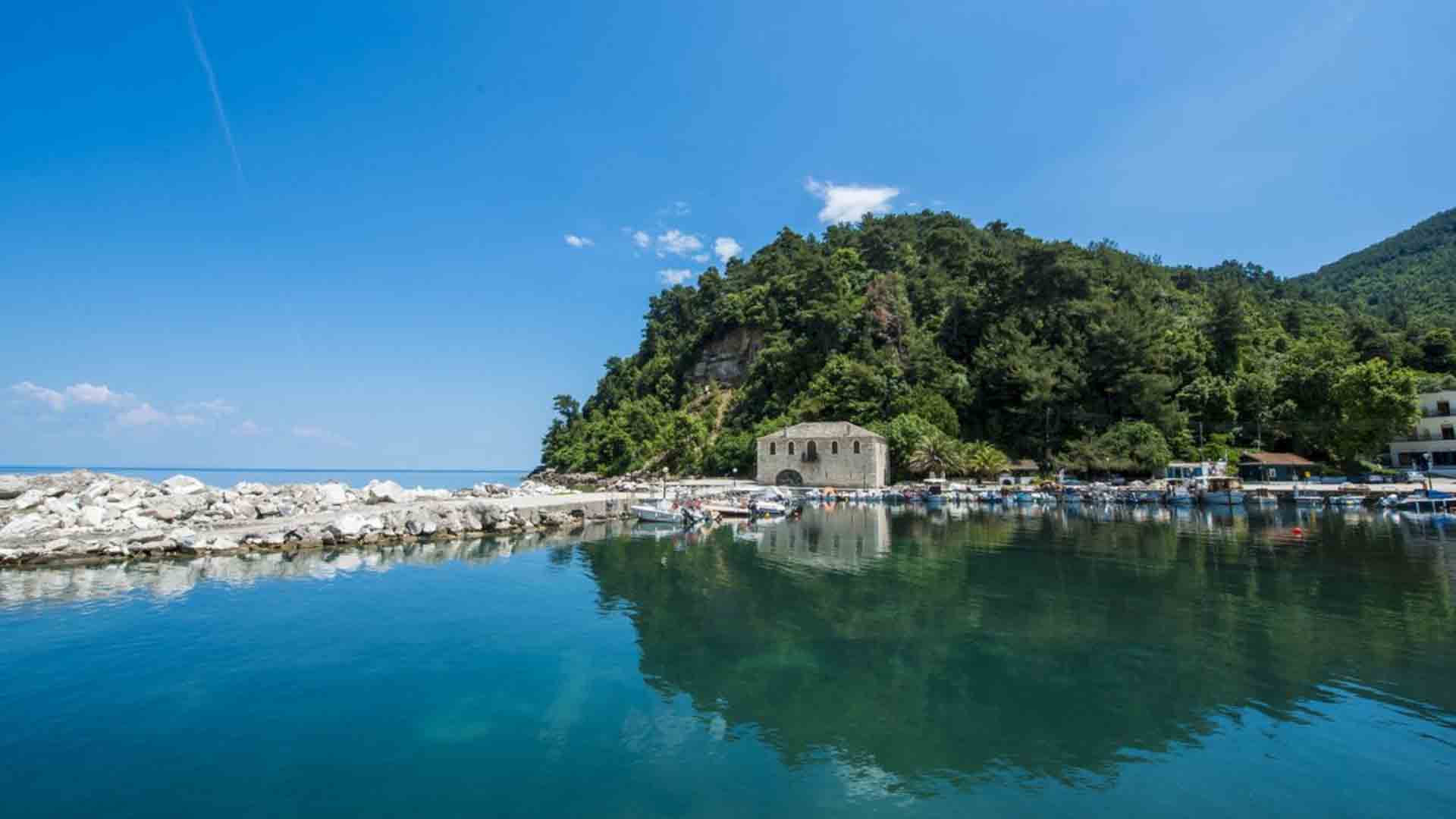

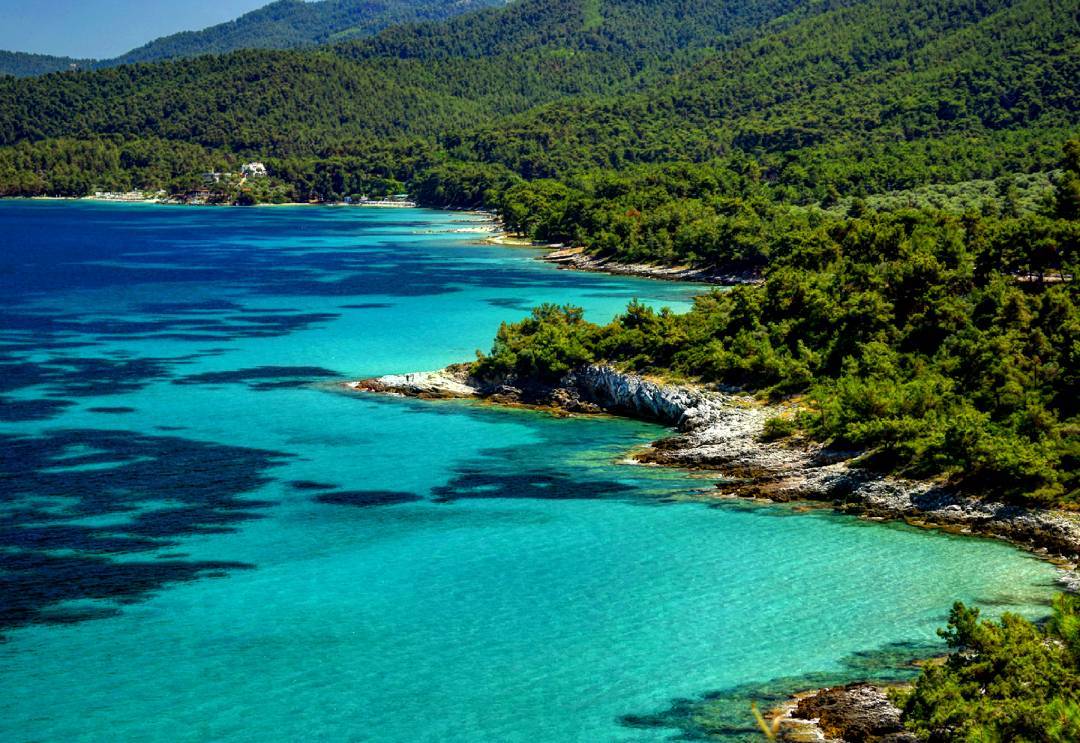
Thassos
The island of Thassos is located in northern Greece, opposite the coasts of Eastern Macedonia. The length of its shores reaches 115 km and the land area is 378.84 sq. Km. A distance of 18 nautical miles separates it from Kavala and only 6 miles from Keramoti and Kavala Airport. Administratively, Thassos belongs to the Region of Eastern Macedonia and Thrace, while it is included, together with the islets that surround it, in the homonymous municipality and in the homonymous regional unit. The island's capital is Limenas, which is often confused with Limenaria, the island's second town. The island is overgrown and timber is one of the main incomes of Thassia, as well as marble mining, tourism, oil, olives, honey, etc. Olives, pines, plane trees, firs, lindens, cedars, skulls and other tame and wild trees cover the small plains up to the tops of the mountains. It has about 14,000 inhabitants
Geomorphology of Thassos
The highest peak of Thassos is Ypsario or Psario with an altitude of 1208 meters. The eastern part of the island is mountainous and rocky, with cliffs above sea level. The western part has a lower altitude and rich plains with olive trees. Its forest is rich in firs, oaks, pines and plane trees. In the past, it covered almost the entire island, but much of it was burned in the fires of the 1980s. The territory of Thassos consists of crystalline rocks, marbles, shales and metallic rocks. In particular, there is copper (Astris, Thymonias, Theologos), lead, silver, zinc (Limenaria), iron (Kallirahi). In 1974, oil fields were discovered off the coast of Prinos.
